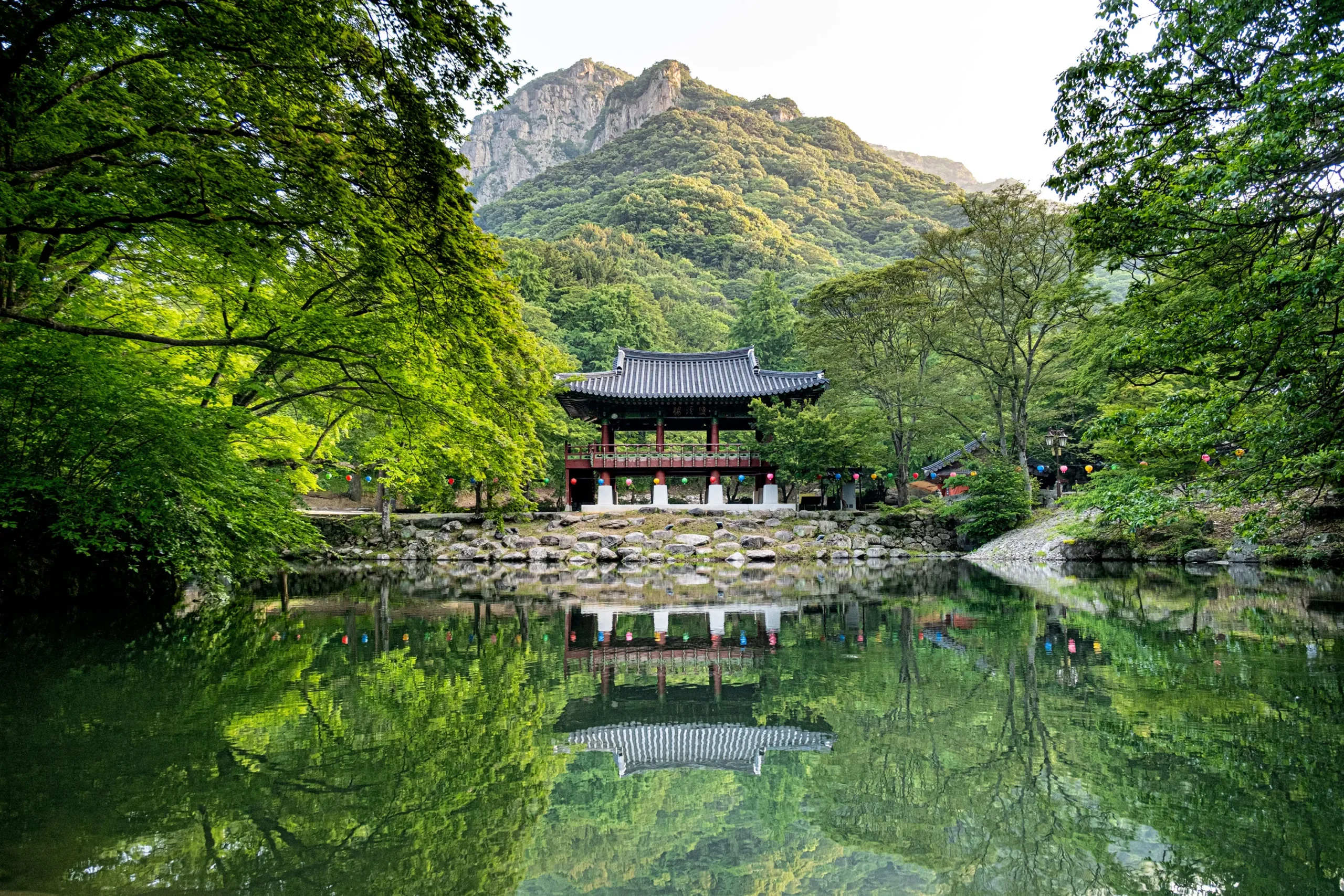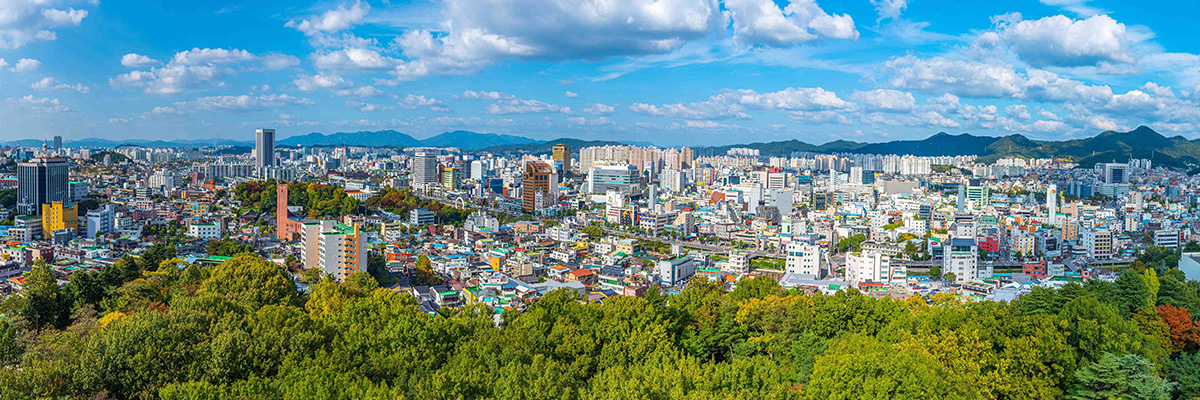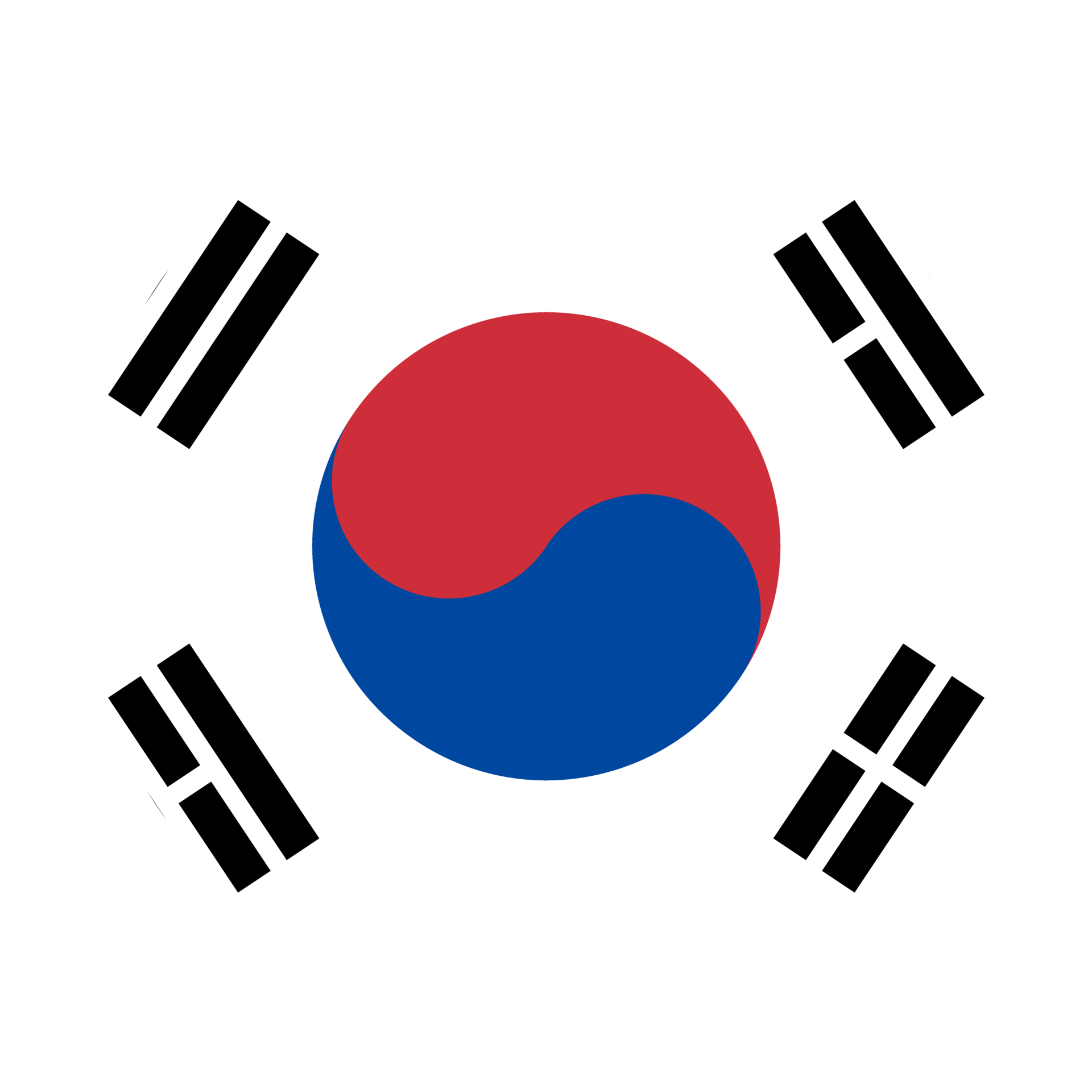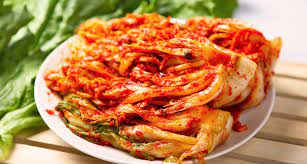South Korea travel tips
South Korea travel tips: A vibrant East Asian nation, blends ancient traditions with modern innovation, boasting K-pop, rich cuisine, and technological prowess.
Provinces 🌎
South Korea travel tips. Here is a list of all the provinces of the South Korea.

Gyeonggi-do

Gangwon-do

Chungcheongbuk-do

Chungcheongnam-do

Jeollabuk-do

Jeollanam-do

Gyeongsangbuk-do

Gyeongsangnam-do

Jeju Special Self-Governing Province

Seoul

Busan

Incheon

Daegu

Daejeon

Gwangju

Ulsan

Sejong
Before you go 🛩
Important information you should know before your trip
Info

Capital | Seoul
Flag Codes:
ISO alpha-2 KR,
ISO alpha-3 KOR
Currency
Badge | South Korean Won
CODE | KRW
NUMBER | 410
SYMBOL | ₩
FRACTION | yeon
Mobile Coverage
Dialing Code | +82
SIM Card
Coverage | 3G / 4G / 5G |
Mobile Networks |

Location
South Korea is a country located in East Asia, on the southern part of the Korean Peninsula. It is bordered by North Korea to the north, the Yellow Sea to the west, the Sea of Japan (East Sea) to the east, and the Korea Strait to the south. The country’s capital and largest city is Seoul, which is situated in the northwestern part of South Korea. The exact coordinates of South Korea are approximately 37.5665° N latitude and 126.9780° E longitude.
Currency
The official currency of South Korea is the South Korean won (KRW). One won is divided into 100 jeon.
The Bank of Korea is in charge of issuing and regulating the currency.
The South Korean won is a stable and widely accepted currency in the country, and is used as a means of payment in all commercial and financial transactions. It is also accepted in some neighboring countries, although it is not an international reserve currency.
Languages
The official and most widely spoken language in South Korea is Standard Korean, also known as Hangugeo. Standard Korean is spoken by approximately 99% of the country’s population.
In South Korea, some regional dialects of Korean are also spoken, such as Jeolla, Chungcheong, Gyeongsang, Hwanghae, and others. These dialects have some differences in pronunciation and vocabulary, but are generally mutually understandable.
In addition to Korean, English is also spoken in South Korea, especially in the business sector and in higher education. Many young people in South Korea learn English as a second language at school and in private institutions. There is also a small Spanish-speaking community in South Korea.
Climate 🌡
South Korea has a temperate climate with distinct seasons. The climate is influenced by its geographic location and the surrounding bodies of water, including the Yellow Sea and the Sea of Japan (East Sea). Here is a brief overview of the different seasons in South Korea:
Spring (March to May): Spring is a beautiful season in South Korea, known for its cherry blossoms and pleasant weather. Temperatures gradually rise, and the landscape becomes vibrant with blooming flowers.
Summer (June to August): Summers in South Korea are hot and humid, with temperatures often reaching above 30°C (86°F) in the daytime. Monsoon rains occur from late June to mid-July, bringing heavy showers and sometimes flooding.
Autumn (September to November): Autumn is one of the most favored seasons for tourists. The weather is mild and comfortable, with clear skies and cooler temperatures. The autumn foliage is stunning, attracting visitors from all over.
Winter (December to February): Winters in South Korea can be cold, especially in the northern regions. Snowfall is common, particularly in the mountainous areas. The temperatures can drop below freezing, and many parts of the country experience a cold, dry season.
South Korea travel tips
If you’re planning a trip to South Korea, here are some travel tips to enhance your experience:
Subway Etiquette:
Follow subway etiquette, including giving up seats to the elderly or pregnant, and standing on the right side of escalators.
Etiquette:
Use both hands when giving or receiving something, and be mindful of noise levels in public places.
Technology:
outh Korea is tech-savvy. Stay connected with local SIM cards or portable Wi-Fi devices.
Cuisine Exploration:
Try diverse Korean dishes. Local markets offer authentic flavors, and street food is a must-try.
Transportation:
Efficient subway and bus systems make getting around easy. Taxis are readily available, but English may be limited. View Guide.
Trash Disposal:
Dispose of trash responsibly. Public trash bins may be rare, so carry a small bag for your litter.
Respect for Elders:
Show respect to older individuals; age is highly regarded in Korean culture.
Enjoy your time in South Korea!

The best of the best
South Korean cuisine is known for its bold flavors, use of various ingredients, and a wide array of side dishes.

Kimchi
The most iconic Korean dish, kimchi is a fermented vegetable side dish, often made with cabbage and seasoned with chili pepper, garlic, ginger, and other spices.

Bulgogi
A popular Korean barbecue dish, bulgogi consists of marinated, thinly sliced beef or pork grilled to perfection. It’s typically served with rice and various side dishes.

Bibimbap
A colorful and nutritious rice dish topped with a variety of vegetables, meat, and a fried egg. It’s usually served with gochujang (red pepper paste) on the side for mixing.
Here are some typical foods you can find in South Korea:
Japchae: A stir-fried dish made with sweet potato noodles, vegetables, and meat, such as beef or pork. It’s seasoned with soy sauce and sesame oil, creating a flavorful and satisfying meal.
Samgyeopsal: Another popular Korean barbecue dish, samgyeopsal consists of thick slices of pork belly, grilled at the table. It’s often wrapped in lettuce leaves with various condiments.
Tteokbokki: Spicy stir-fried rice cakes cooked in gochujang-based sauce. Tteokbokki is a beloved street food in South Korea and can be found in many variations.
Kimbap: A Korean version of sushi rolls, kimbap is made with rice, various fillings like vegetables, egg, and meat, rolled in seaweed, and sliced into bite-sized pieces.
Sundubu-jjigae: A soft tofu stew made with various ingredients such as seafood, meat, or vegetables. It’s usually served in a hot stone pot with a raw egg cracked on top.
Mandu: Korean dumplings filled with meat and vegetables. They can be steamed, boiled, or fried and are often enjoyed as a snack or in soups.
Haemul Pajeon: A savory pancake made with green onions and a variety of seafood. It’s a popular dish to share with friends or family.
Korean cuisine emphasizes fresh ingredients, bold flavors, and a harmonious balance of tastes and textures.
Transportation 🚥
More information about this country
Choose your destination 📍🗺
Useful Links ✅



